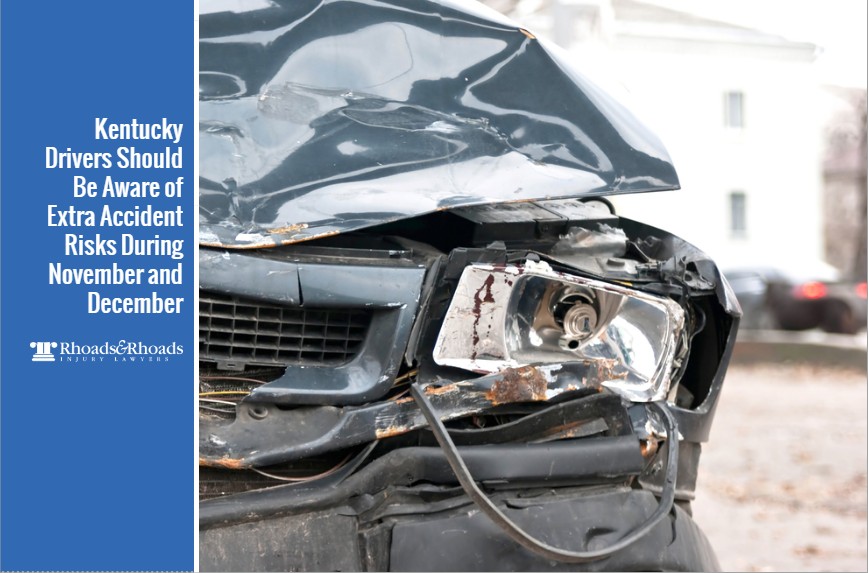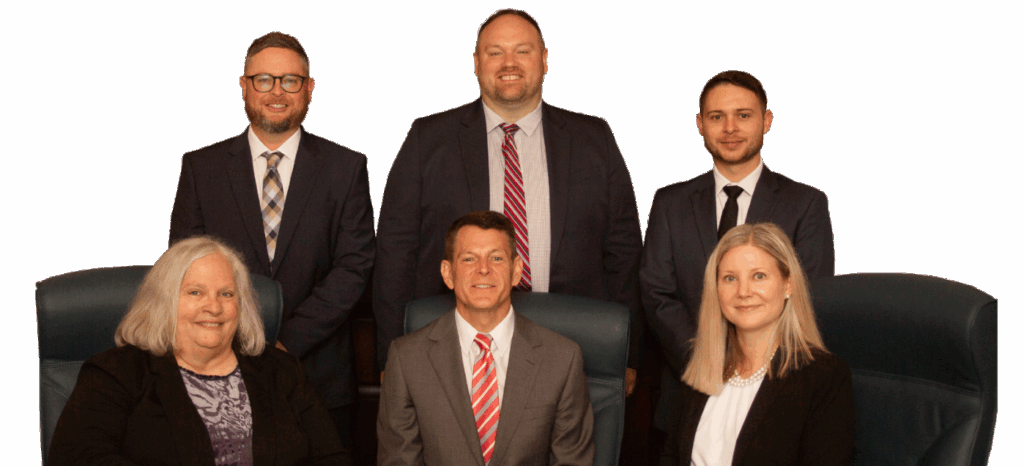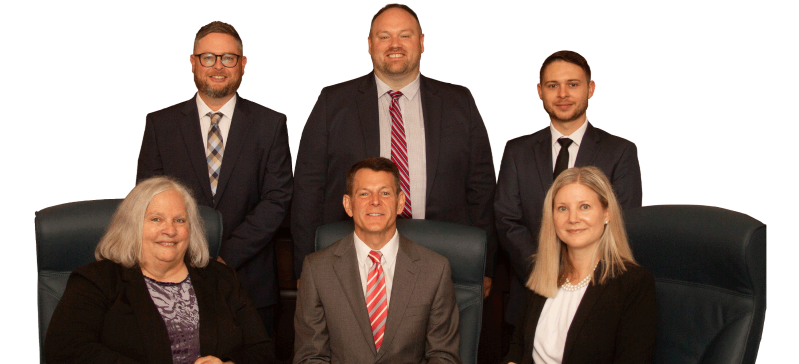
Key Points of This Article
- Highway Loss Data Institute reports show that Kentucky is one of the top five states with the highest November accident claim frequencies related to collisions with deer.
- When a driver hits a deer, their vehicle can quickly lose control and hit a tree, or worse, swerve into oncoming traffic and create a secondary wreck that could leave them liable.
- Crashing into a fixed object or suddenly hitting another vehicle head-on will almost always result in more serious injuries, such as internal bleeding, traumatic brain injury, or a fatality.
- Stay alert and drive with caution during the high deer crossing months of November and December.
Kentucky Drivers Should Be Aware of Extra Accident Risks During November and December
Kentucky motorists are 3.5 times more likely to hit a deer in November than the summer months, according to the Highway Loss Data Institute. In addition, about 1 in 100 Kentucky drivers will hit a deer, well above the national odds of 1 in 162. These unexpected and road swerving accidents can also trigger subsequent events and serious crashes that leave more than 100 road users (rather than just deer) seriously injured and result in about three highway fatalities each year.
Secondary crashes are accidents that occur in some part due to a prior road or roadside event. Though many deer-meet-vehicle crashes will result in only minor injuries, others can be catastrophic for those driving (or riding in) passenger vehicles, trucks, and motorcycles. Perhaps the greatest danger comes from many drivers’ instincts to swerve to avoid the animal. When this happens, driver errors too easily happen. Many times, as a fast response to seeing a deer ahead of them, the driver will quickly turn their wheel causing the vehicle to head off the road and hit a tree, or worse, swerve into oncoming traffic and create a tragic head-on collision with other motorists.
Secondary Crash Characteristics
The Federal Highway Administration’s Office of Safety defines a secondary crash as “an unplanned incident for which a response or intervention is taken, where a collision occurs either within the original incident scene or within the queue resulting from the original incident.” Secondary accidents are often dangerous and will cause lifelong disability for those involved.
- Drivers who collide with a deer or swerve to avoid hitting one are more likely to experience a secondary crash.
- Secondary crashes that result from deer-related car accidents have consistently risen over the years due to increasing deer populations and destruction of their habitat.
- It is not unusual for a secondary crash to involve more than two vehicles, as a chain reaction can easily cause a multi-vehicle accident when traffic is suddenly halted.
Crashing into a fixed object such as a pole or road sign, or hitting another vehicle at high speed, will almost always result in more serious injuries, such as internal bleeding, severe whiplash that can trigger traumatic brain or other head injuries, spinal injury, and in some cases – death.
Extra Alertness Driving Is Required During High Deer Crossing Months
During the late fall’s cooler mornings and the winter months that turn darker earlier, Bluegrass drivers must be extra alert and drive with caution when traveling through populated deer-crossing zones. Visibility will likely be low, and deer are most likely to be on the move during these times. Review these safe driver tips to help improve your road safety.
- Most people injured and/or killed in deer-related crashes were not wearing their seatbelt. Choose to always wear a safety belt as a driver or a passenger of a motor vehicle.
- Drive defensively, constantly scanning the roadside, especially at dawn and dusk when deer prefer to be active.
- Turn headlights on bright (high beam) after dark if other vehicles are not present and conditions allow.
- Slow down immediately when you spot a deer, as deer tend to travel in groups and herding packs. Expect to see other deer after one has crossed the road before you move on.
- Avoid driving if you have consumed alcohol or taken drugs or medications that can alter your response time. And, don’t drive when drowsy.
- Never swerve to avoid a deer. Swerving can result in a more serious crash with an oncoming vehicle or roadside object, tree, pedestrian, or another car. Swerving can also confuse deer as to where to run.
- Dedicate your full attention to the road and minimize your distractions. This means forget about playing with the radio, eating, or other distractions that can remove your concentration from the road. NEVER text while driving or use your phone to scan social media accounts or check e-mails.
Many Kentucky counties will display deer crossing signage in areas officials know have a high history of populated deer crossing. Look for these signs placed at the sides of roadways or above overpasses. These warnings are there for your safety, so pay attention.
If you can’t avoid a collision with a deer (or other animals) and a secondary crash is triggered, call for help immediately and dial 911 to report any injuries. Let authorities know if the deer is blocking traffic or if the crash has created a threat to other drivers and a secondary accident has occurred.
Be prepared that deer crash-related collisions may result in serious injuries and fatalities, as well as costly property damage. Everyone involved in a secondary accident may need to fill out an official report to support any personal injury claims that will be made.
Secondary Crash and Motor Vehicle Injury Attorneys in Kentucky
If you find yourself in the position of being seriously injured, we can help ensure you receive the compensation you deserve from the insurance company. With offices in Owensboro and Madisonville, Rhoads & Rhoads represents secondary car accident victims throughout Western Kentucky. We have the investigative resources to help determine who was at fault for any injuries.
We offer free initial consultations, and all cases are taken on a contingency fee basis, and that means there is no payment required upfront. Call us at 888-709-9329 or contact us by e-mail to schedule an appointment with one of our Madisonville or Owensboro personal injury attorneys.
Also read: 5 Things You Should Never Do After Your Personal Injury Accident


